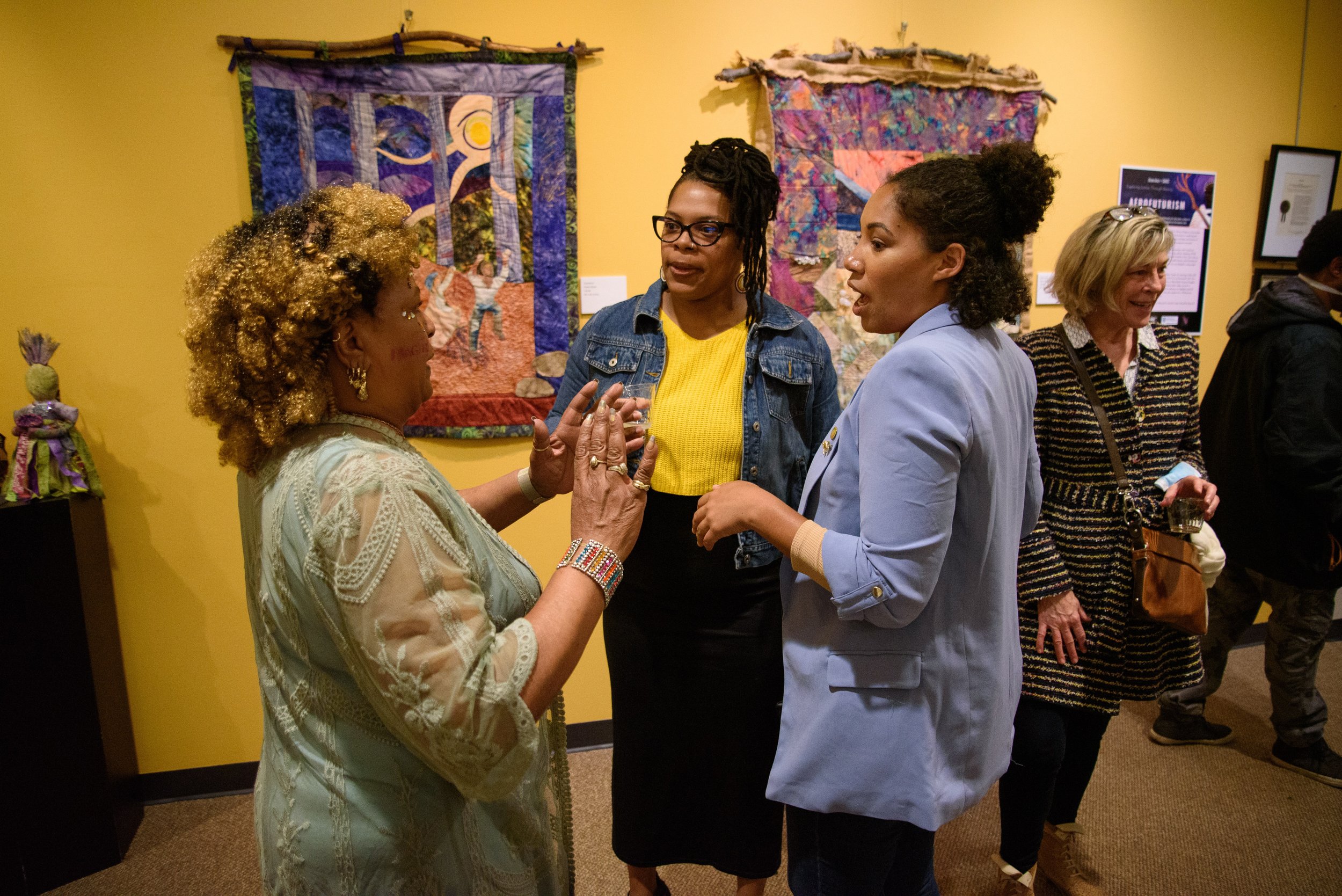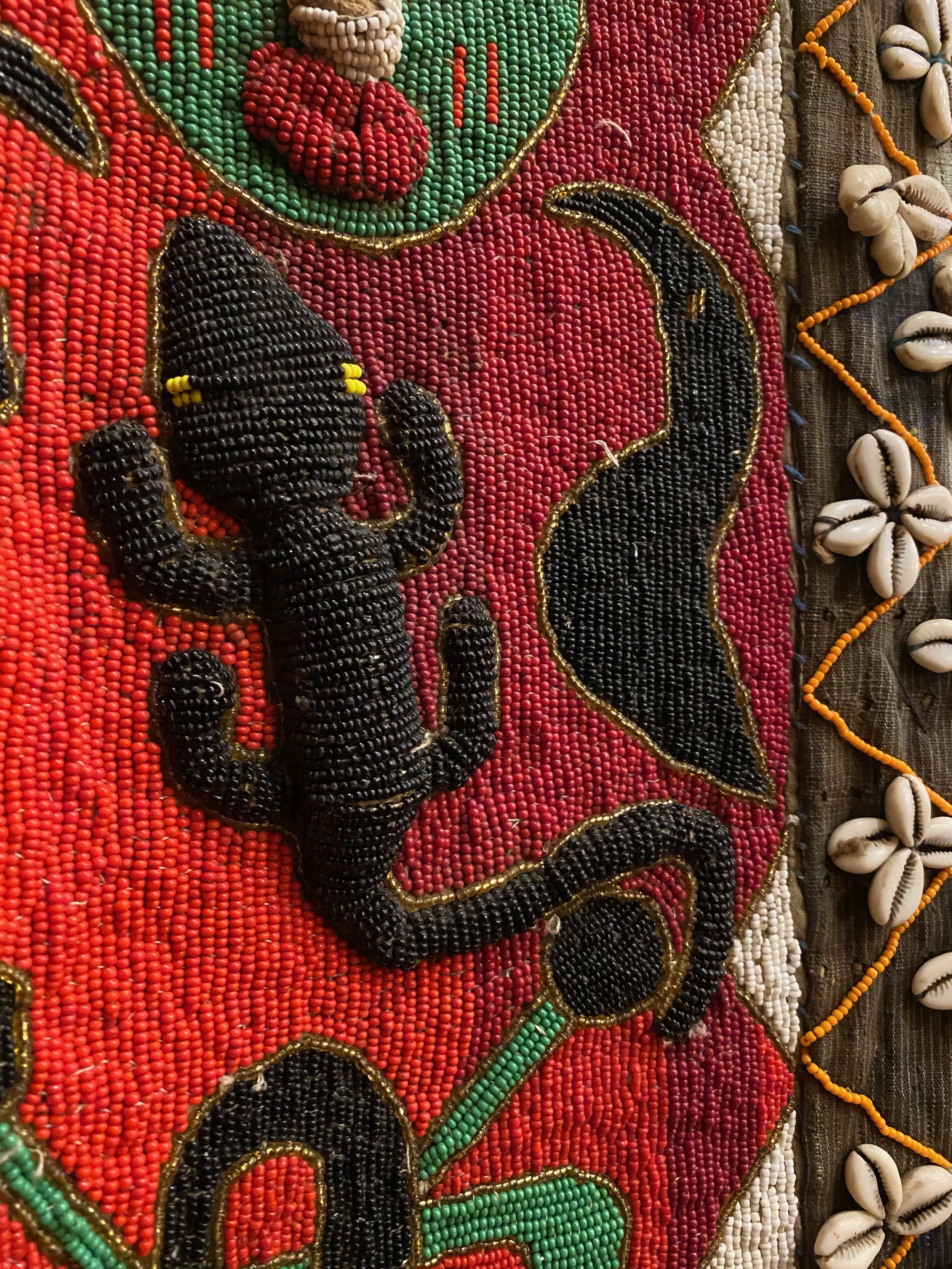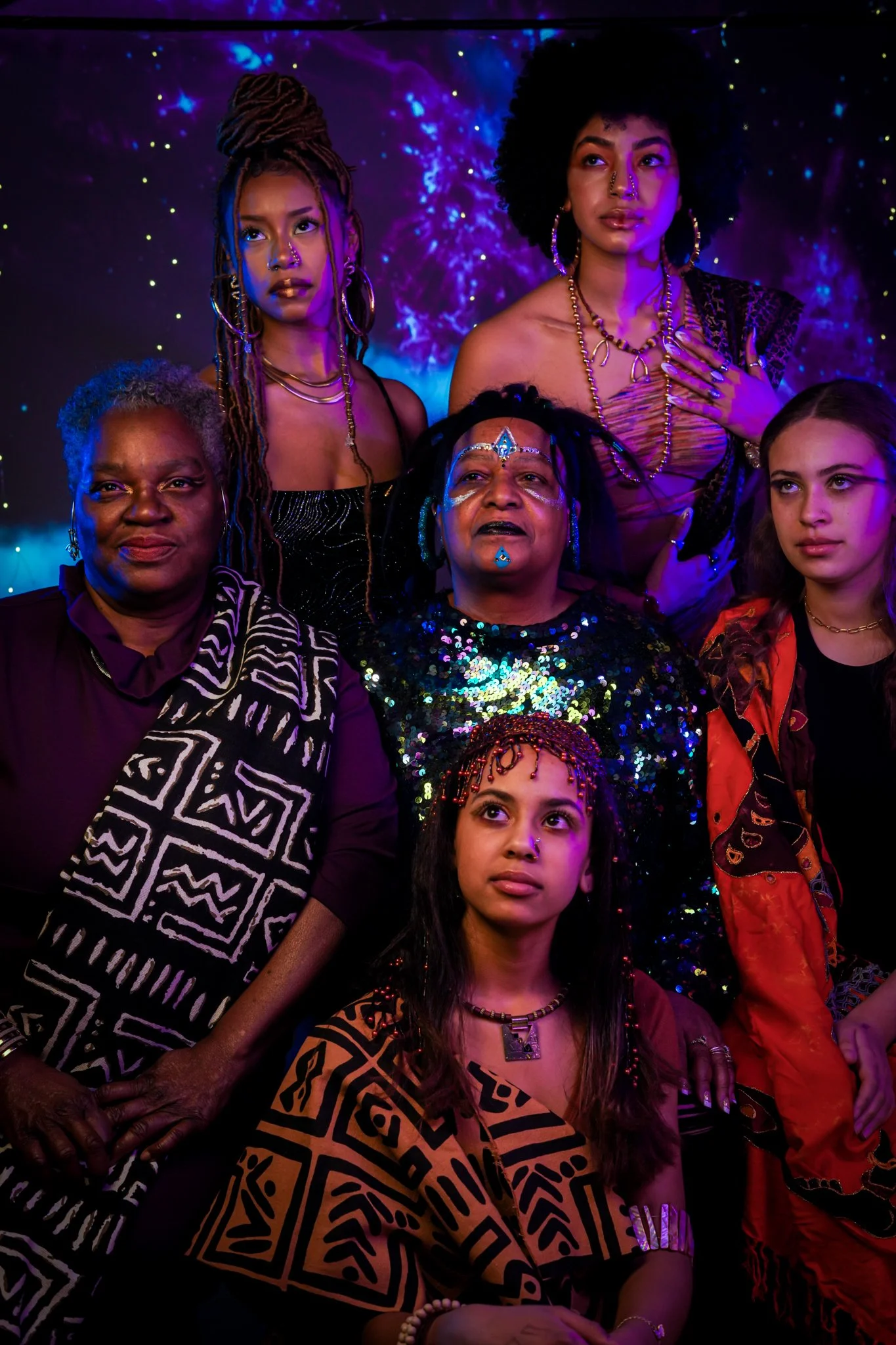Vernis Marie Jackson
July, 1932- February, 2025
Our Founders
It all began with a dream of one woman–Mrs. Vernis Jackson—in community and solidarity.
Jackson came to Portsmouth in 1963 with her husband who was a member of the Air Force and she worked as an elementary schoolteacher. She recalled how there used to be more people of color in the city at that time. The deployment of our fellow citizens from all over the United States to the formerly active air base and the naval base in the area meant that the city was much more diverse. Social activities flourished, and Jackson was part of it from the start.
Jackson established Kwanza, Inc. in 1974 as a chartered community service organization of African American women with a colleague. At times, its membership included nearly 30 individuals as well as several schoolteachers. Kwanza held social gatherings and activities to fund scholarships for African American students, raising $10000 since the groups’ founding. The group also created a public Black art exhibit at the mall in Newington, igniting a desire to create similar but more permanent programs.
SAACC was born among a richly diverse group of community organizations already in the Seacoast. Jackson formed SAACC’s initial exploratory committee with members drawn from Kwanza, the African American Resource Center, the Blue Bank Collective, the Seacoast National Association for the Advancement of Colored People, the New Hope Baptist Church, the Portsmouth Black Heritage Trail Inc., the Seacoast Martin Luther King Jr. Coalition, the Seacoast Men’s Friendship Group, Triple 8 Traveler’s Lodge 32.
With the committee, they first secured a space for SAACC meetings at Portsmouth City Hall from the mayor–Jackson’s former elementary school student!–and the city manager in 2000, and then a room in the Connie Bean Center on Daniel St. in 2001 where we held events and exhibits for nearly a decade. Our first show was “Quilts: The Underground Railroad Connections,” a community-engaged exhibition about African American quilting traditions as coded, fugitive artwork that enabled enslaved people to escape to freedom. 400 people attended. Jackson remembered that participants had “tears in their eyes,” as they shared stories about their own family’s memorabilia and in learning about the quilts’ history. We knew we were onto something special.
Early on, SAACC went beyond its walls to do public programming and collaborations with institutions like several area public and private K-12 schools, the Currier Museum in Manchester, University of New Hampshire, and McIntosh College. The formal unearthing of the African Burying Ground on nearby Chestnut St. in 2003 put SAACC front and center in local civic life, with Jackson and board members Kelvin Edwins and Mary Bailey serving on the mayoral committee to steward the ten-plus year process of recovery and establishing a memorial. SAACC moved to its current home at Portsmouth Historical Society (formerly Discover Portsmouth) on Middle St. in 2010.
In 2021, while serving as President of SAACC, Jackson was recognized as Granite Stater of the Month by senator Maggie Hassan. Her efforts in the founding of SAACC and her role in the establishment of the African Burying Ground Memorial Park in 2015 will forever be honored in the U.S. Congressional Record.
Since its founding, SAACC has distinguished itself as a Black arts and culture center, showcasing original and visiting exhibitions within its gallery space and hosting events, clubs, and performances both there and in wider the community. Our board and members regularly collaborate with other area African American organizations like Black Lives Matter Seacoast, NAACP, Black Heritage Trail of New Hampshire, Theater for the People, and others committed to celebrating our legacy and future through public cultural education.
Vernis Jackson was a powerful and caring force among her entire community. Her memory and legacy will live on in the continued exhibits, activites, and efforts of SAACC and its members. If you would like to learn more about Mrs. Jackson’s life, her community background, or plant a tree in her honor, please follow the link to her obituary at the top of this page.





